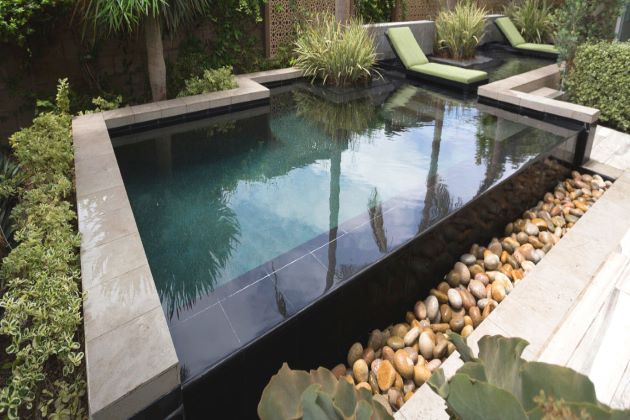Don’t swim for at least an hour after eating, you’ll get sick!
Pool chlorine will turn blonde hair green!
Don’t pee in the pool! Your urine will turn blue!
We’ve all heard the rumors, but are they true? Today we are going to examine a few of the common pool legends and separate fact or fiction!
#1: Wait an hour after you eat to swim or you will get cramps.
MYTH: SOME TRUTH
How many times did your mom tell you this one, but it was SOOOO hard to wait to cannonball into that cool pool on those hot summer days?!? The truth is, when your stomach is digesting food, more blood goes to your stomach to aid in digestion, leaving less blood in your other muscles. If you overwork those muscles while swimming, you may get a cramp, but not likely. To avoid making this “momism” a reality, be sure to eat a lighter meal and ease back into swimming after eating.
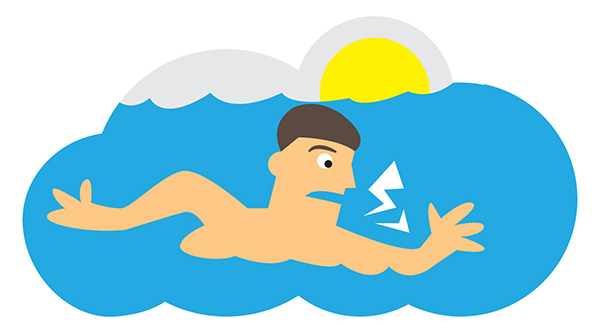
#2: There’s too much chlorine in the pool because I can smell it!
MYTH: FALSE
Actually, the opposite is true. Time for a short swimming pool water chemistrylesson: chlorine in your pool attaches to bacteria and creates chloramines. When you shock the pool, these chloramines turn into oxygen and escape into the air. THIS is the point that you can smell the chlorine, when it’s in the air, not in the water. When you smell it in the air, that means it’s not in the water doing its job and more chlorine needs to be added.
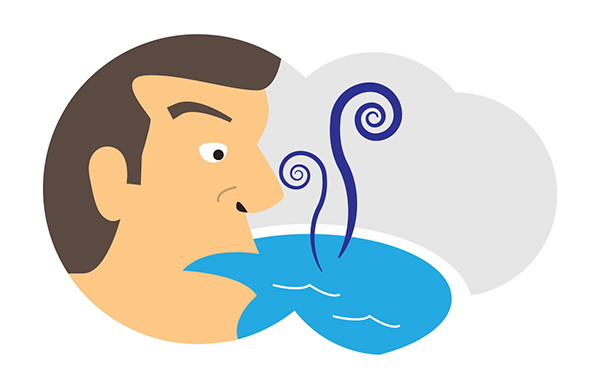
#3: Chlorine will turn my blonde hair green!
MYTH: FALSE
Poor, poor chlorine. Again, chlorine is not the culprit— it’s copper! Some algaecides are copper based and the oxidized metals in the water can attach to the protein in the hair shaft. No worries, it can easily be removed by a shampoo that strips the color or by conditioning the hair BEFORE swimming.
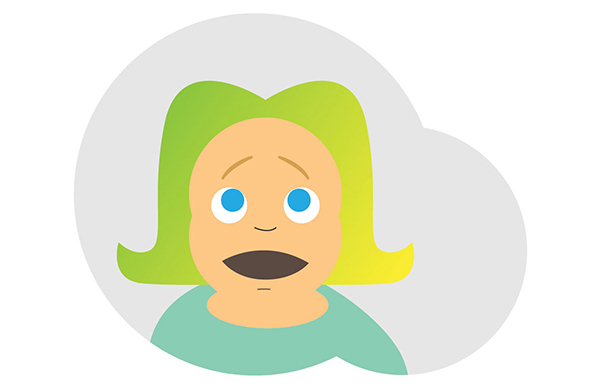
#4: Chlorine burns your eyes if you open them underwater.
MYTH: FALSE
Here we go with chlorine getting a bad rep again! It’s not chlorine that burns your eyes, but water with an unbalanced pH level. If you pay attention to your swimming pool water chemistry and maintain a pH between 7.2 and 7.6, you don’t have to worry about burning red eyes after swimming.
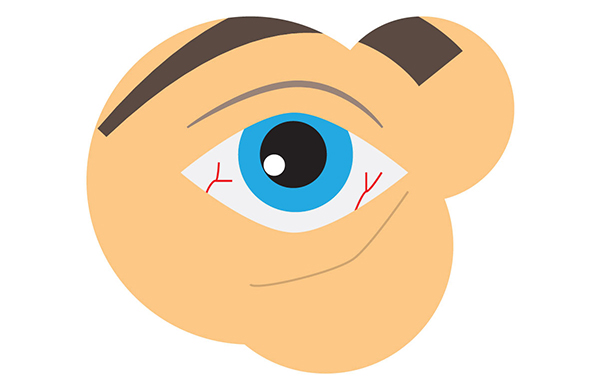
#5: If you pee in the pool, it will turn blue!
MYTH: FALSE
One of the most popular and often joked about legends is the blue dye urine detector myth. So, is it a scare tactic or not? Of course, it is! Parents have often used it to keep their children from peeing in the pool, and it’s a fact that even 52% of adults believe it too! In reality, it doesn’t exist. Though a chemical could be created to react to urine, it would be difficult to prevent it from reacting to other substances in pool water as well.
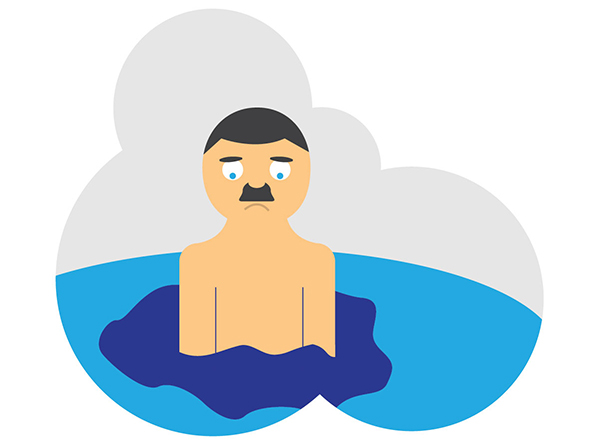
#6: There’s no chlorine in a saltwater pool.
MYTH: FALSE
A saltwater pool is not a chlorine free pool. To sanitize a salt water pool, salt water is forced across a special metal cell that is charged with an electrical current. This process is called electrolysis and creates chlorine. Another common misconception is that you don’t have to use swimming pool shock treatment with a saltwater pool. Shocking your saltwater pool is still necessary for sanitization and to prevent algae.
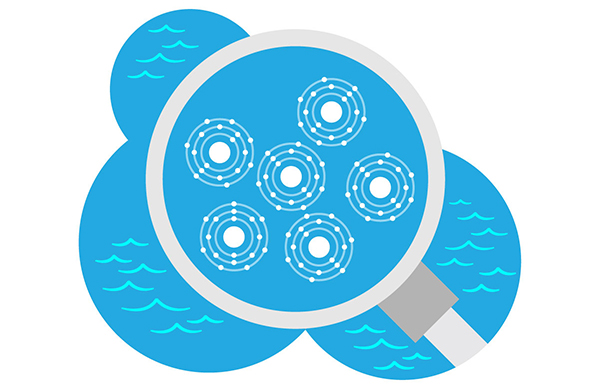
#7: A clear pool is clean and healthy.
MYTH: FALSE
Don’t trust the pool’s appearance—trust the chemistry! It is important to test the water every week and pay attention to the water chemistry for swimming pools to make sure that there aren’t unhealthy levels of micro-ogranisms.
So the next time you hear one of these swimming pool legends, you now are armed with the truth! And as much as we are all disappointed that #5 isn’t true, maybe we all can keep that legend going anyway. If you have questions about how to care for your swimming pool, it is best to consult with your local pool service professional or pool store.
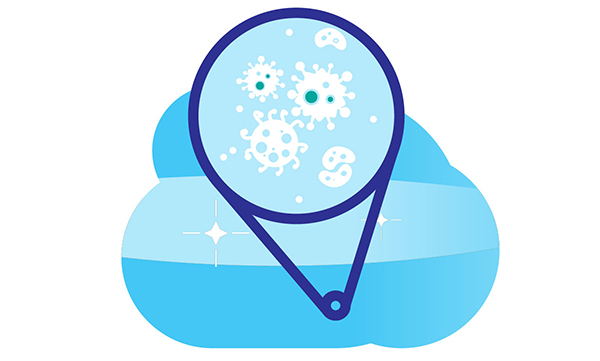
source:https://www.swimmingpool.com/blog/pool-myths-busted/



